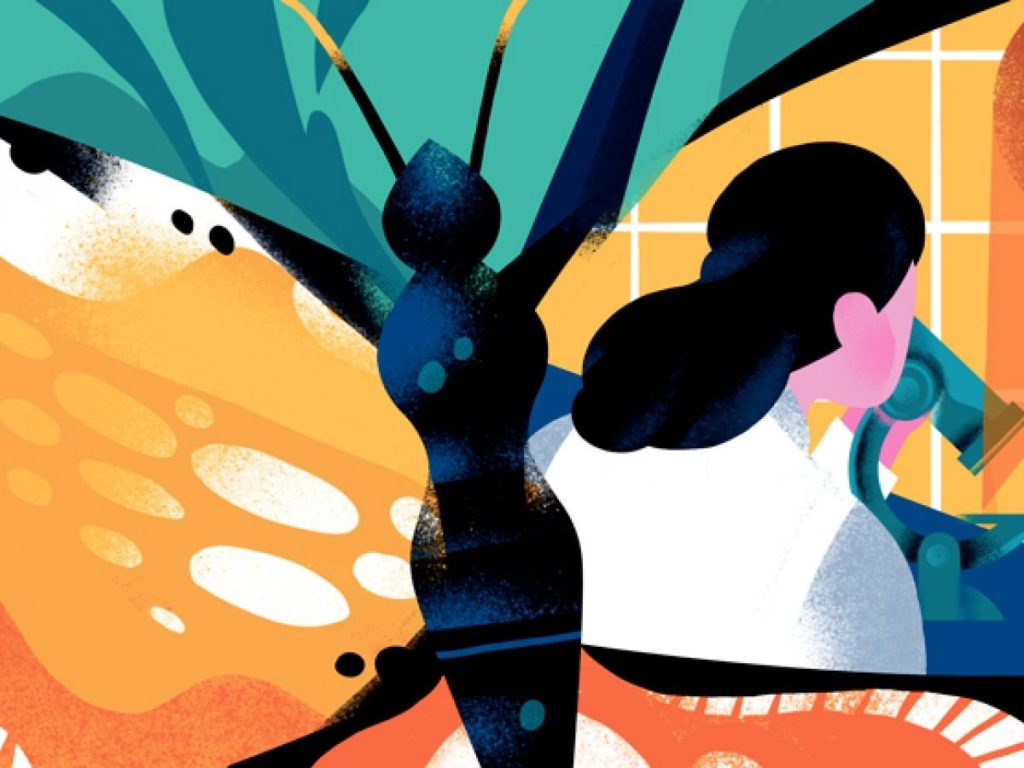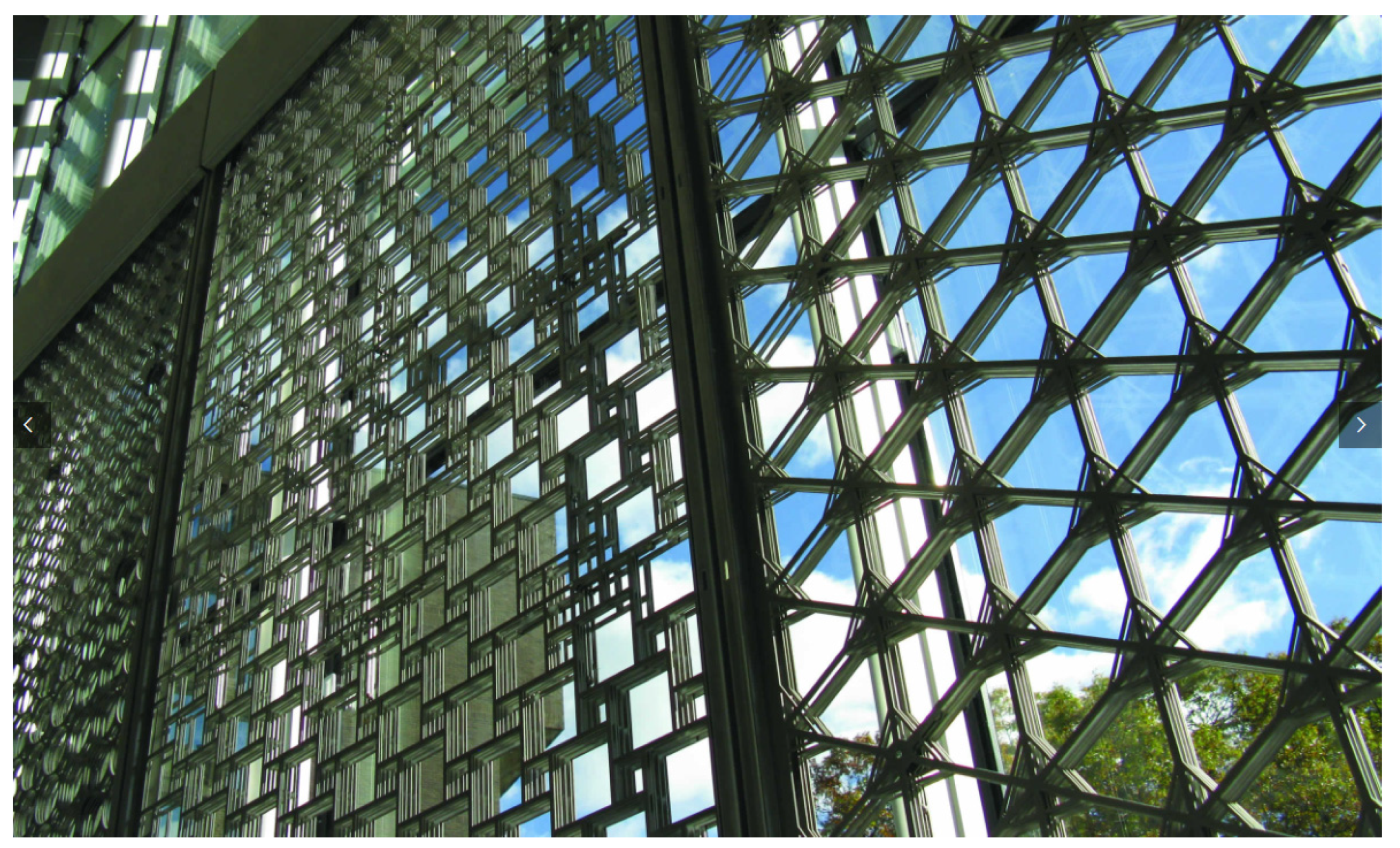Biomimicry in Technology: Learning from Nature’s Designs
In today’s fast-paced world, technology is constantly evolving. From smartphones to self-driving cars, innovation has no bounds. However, have you ever wondered where some of the most groundbreaking ideas in technology originate? Surprisingly, nature has been a silent but profound mentor for technological advancements. This article delves into the fascinating concept of biomimicry in technology, where we look to nature’s designs for inspiration and solutions.
Nature’s Blueprints: A Source of Inspiration
What is Biomimicry?
Biomimicry, also known as biomimetics, emulates nature’s patterns, strategies, and systems to solve complex human problems. It involves studying how various organisms and ecosystems have adapted and evolved over millions of years and applying these insights to design more efficient and sustainable technologies.
The Evolution of Biomimetic Design
Over the years, biomimicry has played a pivotal role in shaping technology. Let’s take a closer look at some remarkable examples:
- Velcro: Inspired by burrs that stuck to clothing, Swiss engineer George de Mestral invented Velcro. Its tiny hooks and loops mimic nature’s ability to attach and detach effortlessly.
- Sharkskin-inspired Materials: To reduce drag in the water, scientists have developed materials with a texture similar to Sharkskin. These materials enhance the efficiency of swimwear and even aircraft design.
- Efficient Wind Turbines: Wind turbines are now designed with blade shapes inspired by humpback whale fins. This design innovation significantly increases energy capture and reduces noise.

Biomimicry in Practice
Sustainable Building Design
Architects and builders increasingly turn to biomimicry to create sustainable and eco-friendly structures. By emulating the strategies of termite mounds, which naturally regulate temperature and airflow, architects have developed buildings requiring minimal heating and cooling energy.
Bio-Inspired Robotics
The field of robotics is another area where biomimicry is making waves. Researchers are developing robots that mimic the movement and agility of animals like cheetahs and insects. These bio-inspired robots are being used in search and rescue missions, as well as in healthcare.
Benefits of Biomimicry
Sustainability and Efficiency
One of the primary benefits of biomimicry is its potential to create more sustainable and efficient technologies. By aligning our inventions with the wisdom of nature, we can reduce waste, energy consumption, and environmental impact.
Innovation and Adaptation
Biomimicry encourages innovation by challenging us to think beyond our conventional human-centric approaches. It prompts us to explore solutions that nature has already perfected through millions of years of trial and error.
Conclusion
In a world where technology is advancing at an unprecedented rate, biomimicry provides a valuable perspective. It reminds us that some of the best design solutions may already exist in the natural world. By embracing and harnessing these insights, we can create a more sustainable and harmonious future for technology and the environment.
